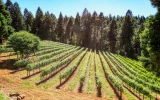How To Start a Tree Nursery Profitably from Scratch
If you have a green thumb and want to start a tree nursery, it will take more than just being good at handling plants to make it a profitable business. To increase your profits in this venture, you need to carefully plan out and follow the detailed step-by-step process that we have wrapped up in this article.
For starters, research and identify your goals to create a solid business plan. Choose the right tree species and prepare the nursery site. Then familiarize yourself with various propagation techniques. Next, register your business and secure permits and licenses. Lastly, identify your target market and promote your tree nursery.
Now, when setting prices for your tree nursery's products, there are also several factors that you need to consider to ensure that your nursery farm is gaining more than it is losing. We'll tackle that below as we take an in-depth look at laying the foundation of a tree nursery.
Summary
- The first and most important step in starting a tree nursery from scratch is to research and identify your goals, as knowing the purpose of why you are starting this business will help you create a more solid business plan.
- The following steps will revolve around choosing the right tree species to grow, selecting and preparing the land site, and then shifting focus to how to grow the trees, either starting from seed or via grafting.
- Legalize the business by securing permits, and licenses; obtain insurance; and learn a few marketing strategies to promote your tree nursery.
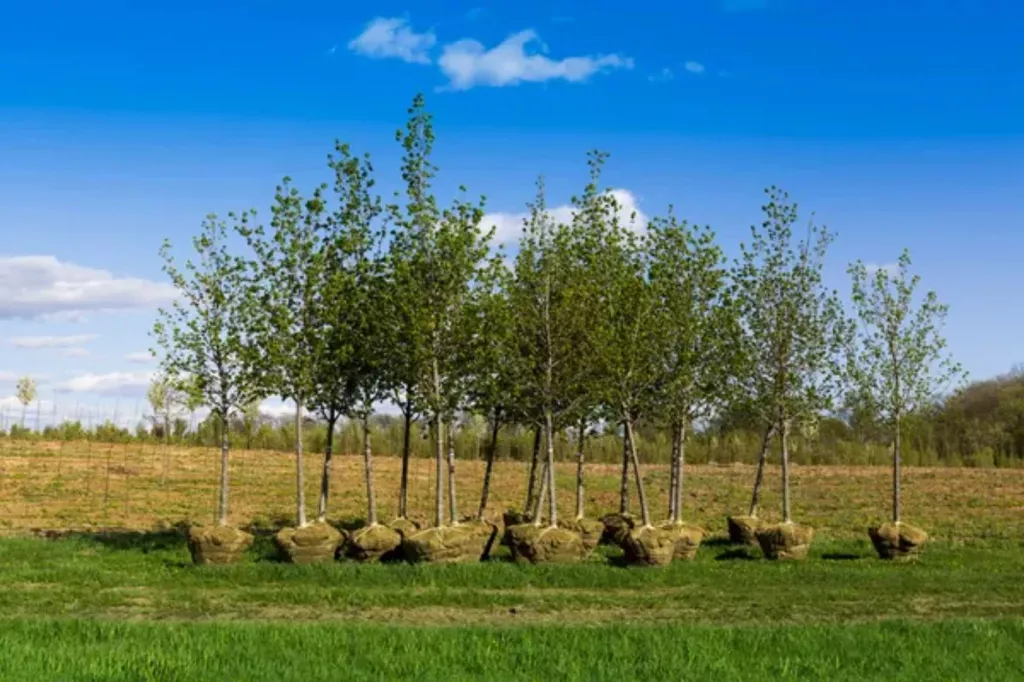
On this page:
Laying the Foundation for a Tree Nursery
Starting a tree nursery on your own gives you independence and control over your business. You are free to choose what is best for your plant care, and you are responsible for your own success.
When diving into this venture, here is a complete guide to making your tree nursery thriving and profitable:
1. Research and identify goals
You could ask yourself why you want to grow trees: is it for food, fuel, construction, environmental restoration, income, or a mix of these purposes?
Is there sufficient demand for the trees and plants you intend to grow? If you examine your goals, it will help you create a solid plan for your nursery business.
2. Choose the right tree species
Once you have a clear understanding of your objectives, the next step is to select the right trees for your nursery. Here's what to consider:

Choose trees that will thrive in your region's specific climate
Some species may be better suited for colder temperatures, while others thrive in warmer conditions. Your local agricultural extension office can provide helpful information on suitable plant species for your area.
Consider the types of trees in demand in your region
You might want to focus on species that have a strong market, whether it's for landscaping, timber, or other purposes. If your area has high market demand for lumber, try growing profitable hardwood species such as walnut, oak, maple, and more.
On the other hand, if your region has a strong demand for nuts, you could try planting fast-growing nut trees included in this article.
Consider the varying growth rates of the trees
Some trees, like fruit trees, might take a few years to produce, while others, such as fast-growing nut trees, can be ready to harvest in a shorter time frame.
For example, pecan trees grow fast enough, gaining 2 -4 feet per year when young, while the adult grows 5 – 12 inches each year.
Assess the care and maintenance needed for each species
Think about the resources, labor, and time you'll need to invest in maintaining the trees or plants. Perhaps think about whether you will be able to manage them alone or if you will need to employ an extra hand.
3. Select and prepare the nursery site
Evaluate the climate and hardiness zones
First, you may need to evaluate the climate and hardiness zones of your desired nursery location to help you determine which tree species are suitable for planting in the area. Consider the USDA Hardiness Zone Map as a helpful resource when selecting a suitable site.
Prepare the land for planting
Once you've chosen a suitable location, it's time to prepare the land for planting. You might want to follow the steps below:
- Choose an even, level area:This makes it easier to work with nursery machinery and tools, reduces the cost of maintenance, and minimizes the risk of soil erosion.
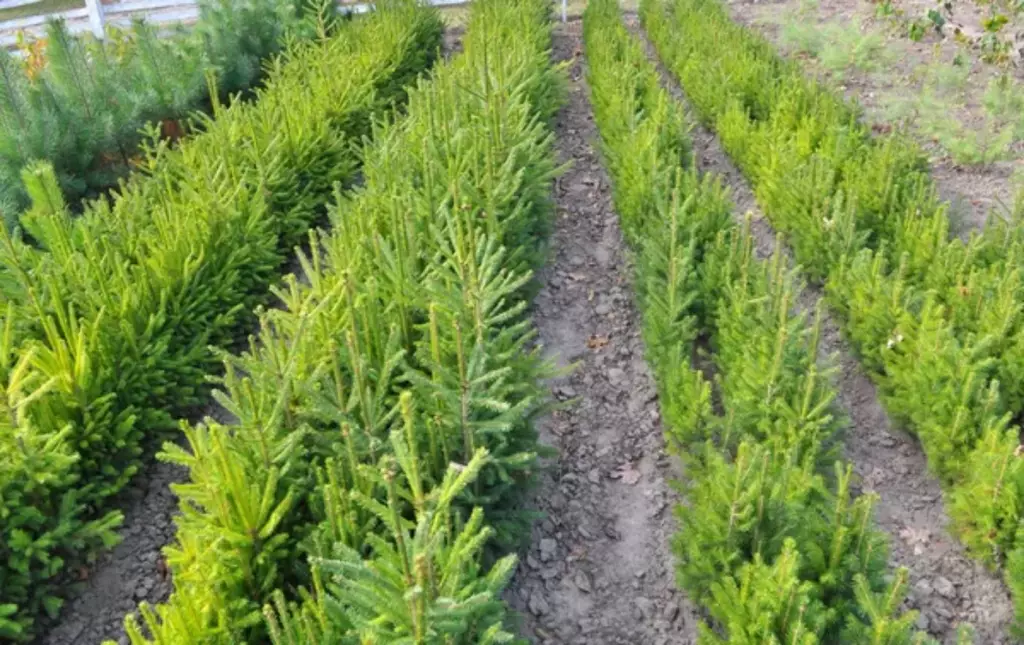
- Use a cover crop: Planting a cover crop on the nursery site before sowing tree seeds can help improve soil fertility and reduce weeds. You may consider using a legume cover crop that adds nitrogen to the soil.
- Loosen the soil with machinery or tools: Using a subsoiler or other tillage equipment to loosen and aerate the soil will promote healthy root growth and optimize water use.
- Install a drainage system: A proper drainage system ensures that excess water can be efficiently removed from the planting area. This prevents standing water and can limit the risk of diseases.
Create layers of protection for seedlings
To give your seedlings the best chance against harsh weather conditions and pests, you may want to create layers of protection around the nursery using the following:
- Establishing windbreaks or living fences around the nursery site to reduce wind-induced stress and potential damage. You might want to plant dense, tall shrubs, trees, or bamboo hedges along the perimeter of your land.
- Using shade cloth to protect delicate seedlings from too much sunlight, especially during the hot summer months. You could also adjust the shade percentage based on the tree species and their sunlight requirements.
- Installing sturdy and durable fencing around your nursery to keep out animals such as deer, rabbits, and rodents, which can cause severe damage to your young trees.
4. Employ different plant propagation techniques
Grow trees from seeds
You could begin by collecting seeds from the trees you wish to propagate. Next, clean the seeds and store them in a cool, dry place until you are ready to plant.
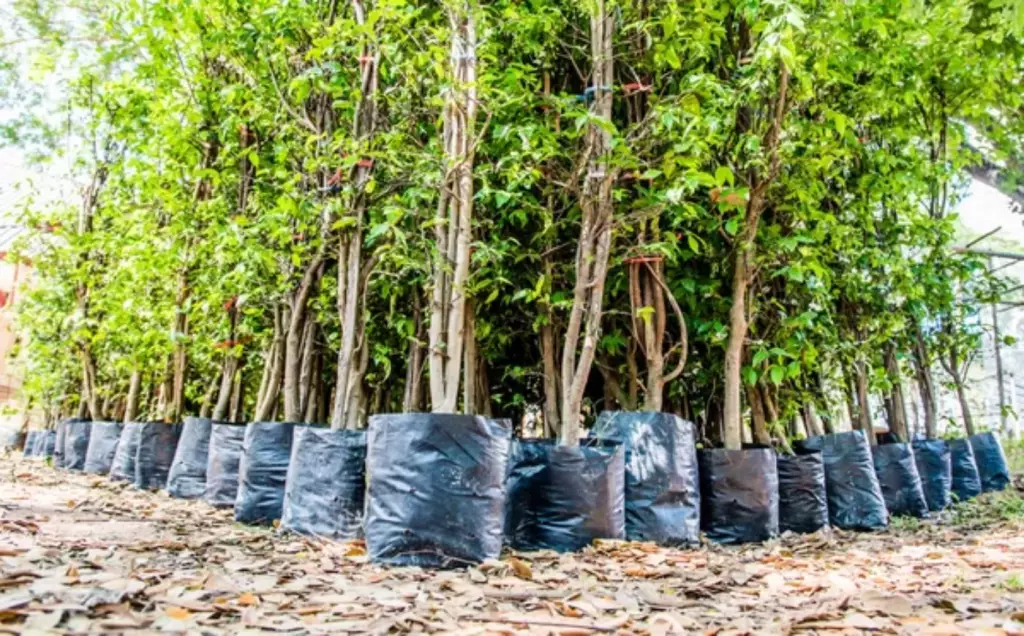
To successfully germinate the seeds, you need to create the right environmental conditions. Most tree seeds require a period of stratification (cold treatment) to break dormancy.
- Place the seeds in a moist, sterile medium like peat moss or vermiculite, and store them in the refrigerator for the recommended duration.
- Monitor the seeds regularly and remove any that show signs of mold or decay.
- Once the stratification period is complete, plant the seeds in well-draining, nutrient-rich soil, and maintain a consistent temperature and humidity level.
- As the seeds sprout and develop, you will need to protect the fragile seedlings from harsh weather, pests, and diseases.
Propagate through grafting
Grafting can produce improved or uniform tree varieties and can save time, as it often results in faster tree growth compared to growing from seeds.
To begin, select a healthy rootstock (the lower part of the plant) and scion wood (the plant part containing the desired traits). Then, make matching cuts on the rootstock and scion.
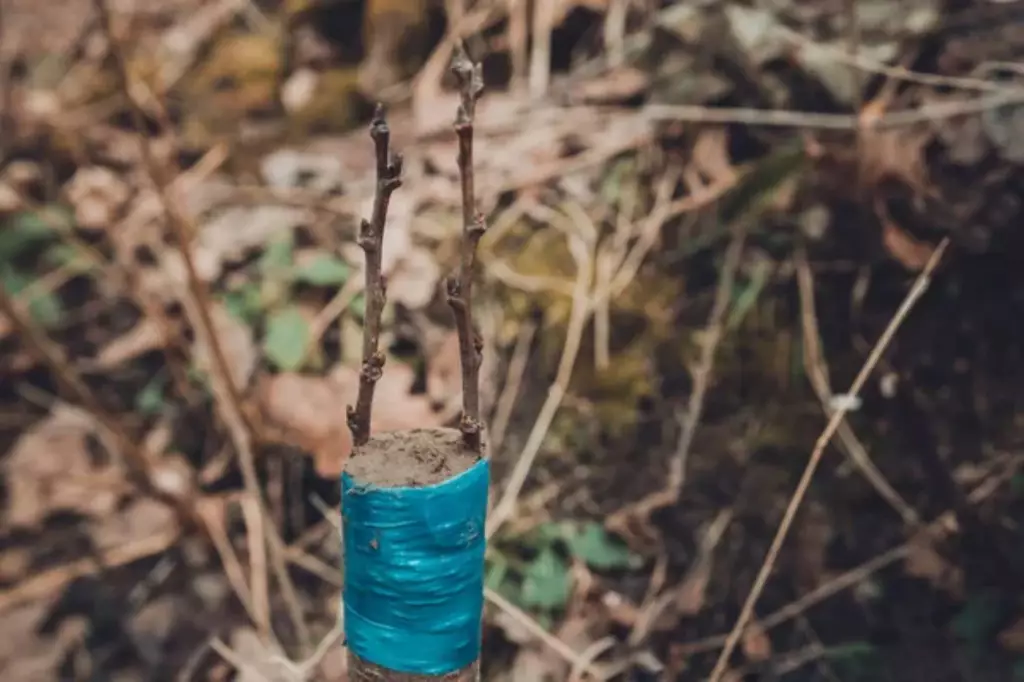
Fit them together and secure the union with grafting tape or a rubber band. After you have successfully joined the plant parts, protect the graft from weather, pests, and infections by applying a sealant such as grafting wax.
Other propagation methods
In addition to growing from seeds and grafting, there are alternative propagation methods that you may want to consider for starting your tree nursery:
-
Cuttings: You can propagate trees by taking stem or root cuttings from a mature tree and planting them in a suitable growing medium. The cuttings will develop roots and eventually grow into new trees.
-
Division: Some tree species, like hazelnuts, naturally produce suckers that arise from the roots. To propagate these trees, you can carefully dig up and separate the suckers from the main plant, then plant them in a new location.
-
Layering: For trees that produce long, flexible stems, such as some fruit tree varieties, you can try layering. This method involves bending a branch to the ground, covering a portion of it with soil, and allowing it to develop roots. Once the rooted section is established, you can cut it from the parent plant and grow it separately.
5. Practice proper care for the growing trees
Provide adequate moisture and nutrition
-
Water the tree seeds and young trees regularly to maintain moist but not saturated soil. You may need to check the specific watering requirements for the trees you have selected, as different species may have varying needs.
-
To provide the necessary nutrients, you may want to amend the soil prior to planting your tree seeds. Adding organic materials such as compost or well-rotted manure can improve soil structure and fertility. If you are opting to plant pecan trees in your tree nursery, here’s how to know the right way of fertilizing them.
Maintaining healthy seedlings and young trees
- Practice regular pruning to remove any damaged, diseased, or crossing branches, as well as any unnecessary growth that may compete with the primary leader stem.
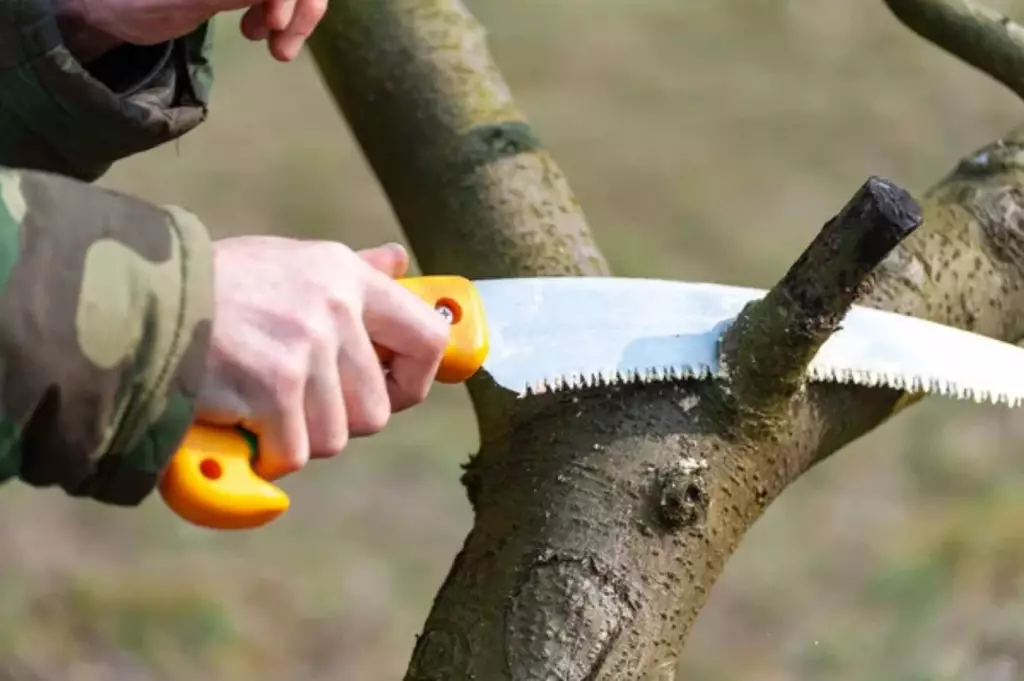
-
Regularly weed the area around your trees to reduce competition for nutrients and water.
-
Apply a layer of mulch can help maintain soil moisture, regulate temperature, suppress weeds, and slowly provide nutrients.
-
Regularly inspect your trees for signs of disease, pests, or damage. Early detection and treatment will prevent minor issues from becoming significant problems.
6. Secure permits, licenses, and insurance
Once everything is in place, you'll need to obtain the necessary permits and licenses to legally operate your tree nursery. This may include zoning permits, a sales tax license, and any licenses or certifications specific to your region, such as the USDA Nursery Certification.
There are also tax benefits that you can enjoy when growing trees for commercial purposes. See more about these surprising tax benefits in this article.
You may also want to research and comply with local and federal regulations that apply to your nursery. Try to also obtain adequate insurance to protect your business. Coverage may include general liability, property insurance, and workers' compensation insurance, depending on the scale and scope of your operation.
7. Learn marketing and sales strategies
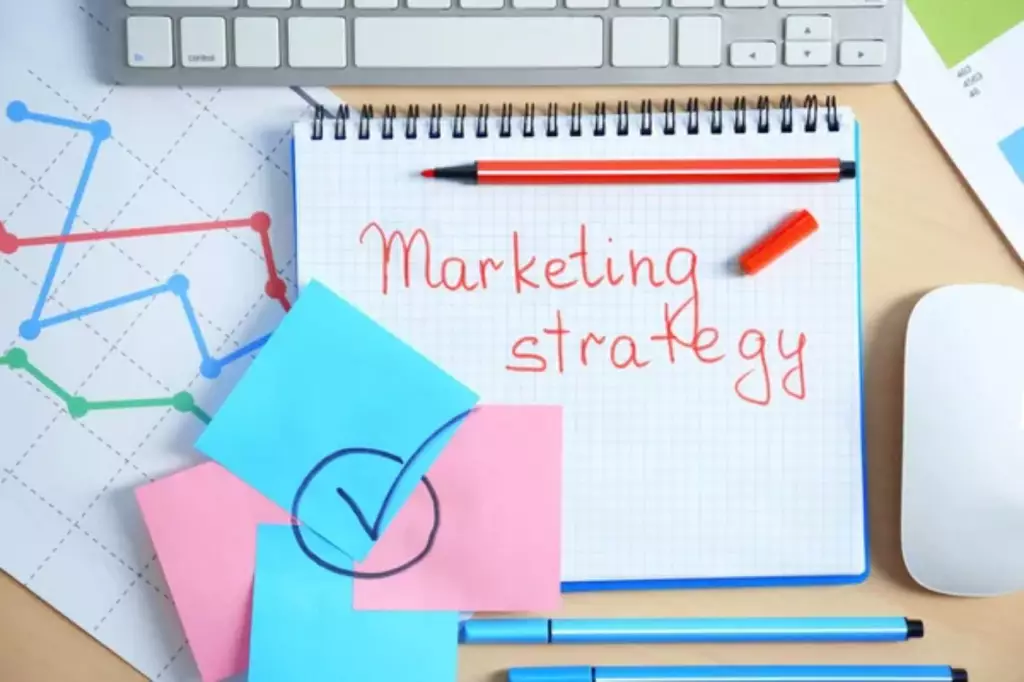
Identify your target market and competition
Your target market may include landscapers, homeowners, gardeners, and any other individuals or businesses interested in purchasing trees for various purposes.
You can start by gathering information about local and regional competitors, their offerings, pricing strategies, and market share. This will help you determine who you will be competing with and where you need to position your tree nursery in terms of products, services, and pricing.
Explore different advertising and promotion methods
To effectively promote your tree nursery, you'll need to choose advertising methods that will appeal to your target audience. Some potential advertising methods you could consider include:
- Social media
- Local print advertising
- Trade shows and events
- Local partnerships
- Website and email campaigns
8. Setting prices for your products
Most tree nursery owners consider factors such as production costs, market competition, and desired profit margins when setting prices for their products.
While you want to be competitive, it will be best not to undervalue your products and risk not generating enough revenue to cover expenses. Benchmark your prices against your competitors' offerings and ensure you are offering value for money.



